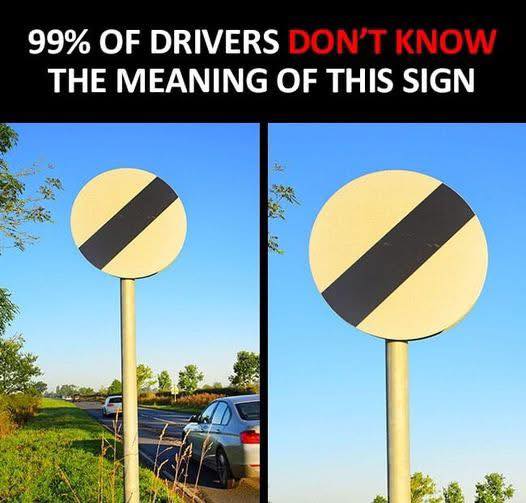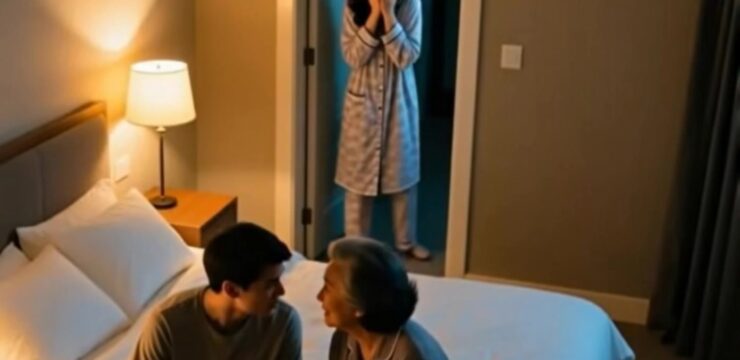
Our visual perception often plays tricks on us, leading to moments of confusion and wonder. Photographs that capture optical illusions challenge our understanding of reality, prompting us to question what we see. This fascination with visual anomalies has given rise to online communities dedicated to sharing and discussing perplexing images.
The Allure of Confusing Perspectives
Images with ambiguous or misleading perspectives captivate viewers by defying expectations. For instance, a photograph of a person seemingly holding the moon between their fingers or a cat appearing to have a human body can baffle and amuse. These visual puzzles engage our brains, encouraging us to decipher the true nature of the scene.
Online Communities and Shared Curiosity
Platforms like Reddit’s “Confusing Perspective” subreddit have become hubs for enthusiasts to share and discuss such images. Members post photos that require a second glance to understand, fostering a community built on curiosity and appreciation for visual trickery. Similarly, articles on websites like Bored Panda and BuzzFeed compile collections of these mind-bending photos, highlighting the widespread interest in optical illusions.
The Science Behind Optical Illusions
Optical illusions exploit the brain’s interpretation of visual information. Our brains constantly process cues like depth, lighting, and perspective to make sense of our surroundings. When these cues are manipulated or presented ambiguously, it can lead to misinterpretations, resulting in the illusions we perceive. Understanding these mechanisms sheds light on the complexities of human perception.
Appreciating the Artistry
Beyond their puzzling nature, these images often showcase creativity and artistic expression. Photographers and artists deliberately craft scenes that challenge viewers’ perceptions, blending reality and illusion seamlessly. This artistry invites us to explore the boundaries of visual representation and to appreciate the skill involved in creating such compelling images.
Conclusion
The fascination with optical illusions and confusing perspectives underscores our innate curiosity about the world and how we perceive it. Engaging with these visual puzzles not only entertains but also deepens our understanding of human perception and the art of visual storytelling.





